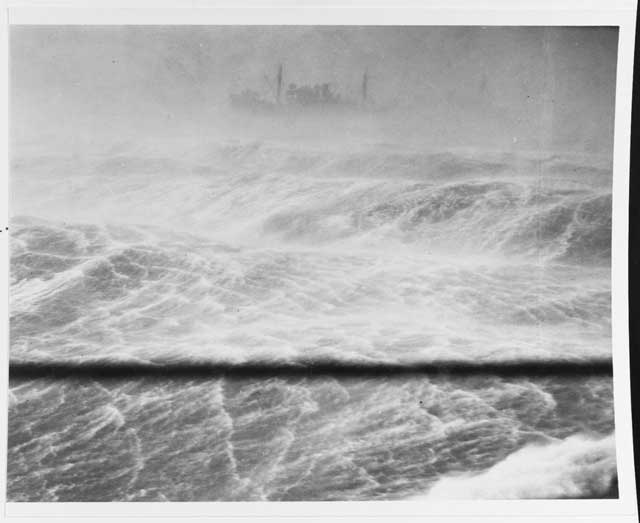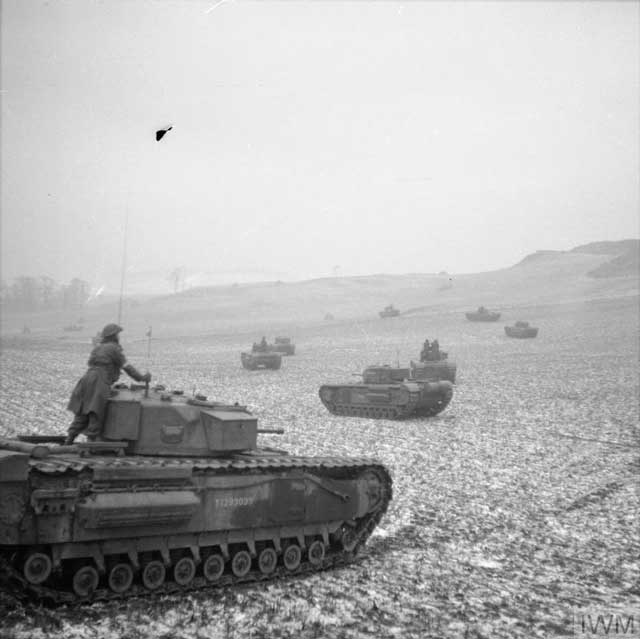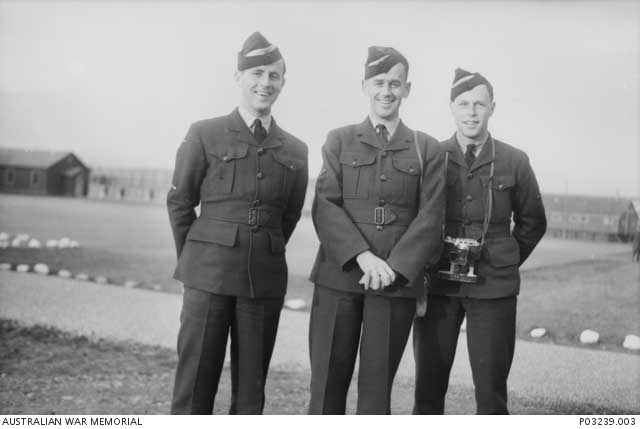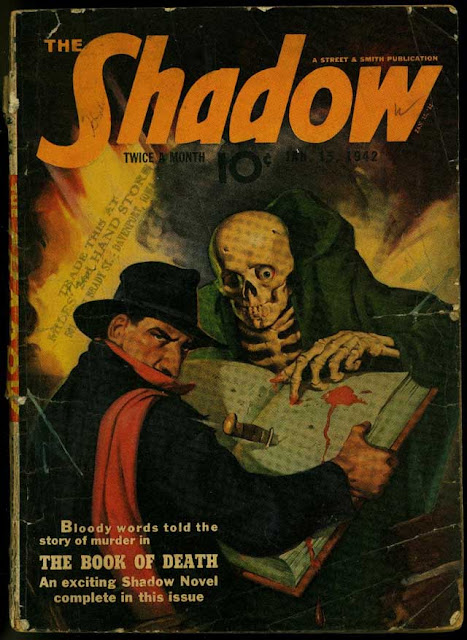Thursday 15 January 1942
 |
| A man and his horse pulling a Panje cart in Russia, 15 January 1942 (Lachman, Hans, Federal Archive Picture 183-B15084). |
I cannot describe the feeling in words, but it was unbelievable and beautiful and great. . . We were the first to be here, and for the first time in this war, a German soldier looked out on the coast of the USA.Hardegen is in position to lob a few shells from his deck at Coney Island (as Japanese submarines have been doing to Hawaii) just for the heck of it and to make a statement. However, he decides not to do that because it would give his position away for little profit. Instead, Hardegen uses the Americans' lack of preparedness to do a little real business. Before the night is out, he spots 6768-ton British tanker Coimbra. It is easy to spot, as the city lights behind the tanker are blotted out as it moves east to join the convoys heading for Great Britain. Hardegan torpedoes the tanker, which explodes in a massive fireball that rises 650 feet into the air. There are 36 deaths (ten perish in the lifeboats) and six survivors. People in the Hamptons, 27 miles directly to the north, see the explosion and report it. Hardegen is astounded that the US military does not respond at all to the sinking. He sails away on the surface looking for more prey, now with three solid victories during the patrol.
 |
| A North Atlantic convoy seen as a storm lashes shipping off Hvalfjordur, Iceland, 15 January 1942. Seen from USS Albemarle (AV-5). |
- U-552 sinks 4133-ton British freighter Dayrose just south of easternmost Newfoundland
- U-203 sinks 623-ton Portugues trawler Catalina southeast of Newfoundland
- U-553 torpedoes 8106-ton British tanker Diala, also southeast of Newfoundland. The tanker is badly damaged and ultimately sinks after a tug attempts to tow it. There are 57 deaths and 8 survivors.
 |
| "Benina, Cyrenaica, Libya. 15 January 1942. Obbedire...Combattere...Dux. 'Obey, fight, the Duce! says the large lettering on the hangar wall at Benina airfield. But the Axis mechanics, heedless of their instructions, fled incontinently leaving this German Junkers JU 87 dive bomber aircraft intact to fall into the hands of the advancing Allied forces." Australian War Memorial MED0289. In the Luftwaffe, it is considered a dishonor to allow your plane to fall intact to the enemy. There appears to be a Bf-109 virtually intact to the right, too. |
 |
| The Camden (New Jersey) News, 15 January 1942. "Americans Holding Out," screams the main headline, but the other headlines recite positive but largely fake news. |
The Japanese increase their presence in Burma by sending the 55th Division across the border from Thailand north of Mergui (Myeik) in the middle of the southern sliver of the country. This protects the Japanese flank in the Malay Peninsula, though that is not under much of a threat. It also provides a potential launching pad for attacks to the north. The British have two divisions (one Burmese, one Indian) much further north to prevent a Japanese breakout into the heart of the country. However, already the Japanese have seized some very useful airfields in the south of the country, helping them to achieve local aerial supremacy.
 |
| "At this stage the guns of "C" Troop, 30th Battery, 2/15th Australian Field Regiment, here depicted, are ahead of the infantry, firing at 300 yards at Japanese advancing through the rubber plantation. A few men of the 2/30th Australian Infantry Battalion, which was deployed in the rear of the guns, can be seen in the foreground, Gemas, Malaya." This depicts the action of 15 January 1942 near Gemas. The guns are 25-pounders. Australian War Memorial ART24498. |
 |
| "A female war worker fixes her hair and checks her appearance in the mirror in the bedroom she shares with another war worker at the hostel attached to ROF Bridgend. Her friend is looking for something in the wardrobe. Family photos and a vase of flowers help to brighten up the dressing table. According to the original caption, this was a "central-heated bedroom, fitted with wash-basin, wardrobe, and chest of drawers." January 1942. © IWM (D 6332). |
 |
| British 227-ton trawler Ocean Tide gets caught in the storms sweeping the North Atlantic on 15 January 1942 and runs aground at Mammal, Tiree, Inner Hebrides. The trawler, based at Ayr, is wrecked. |
[P]ut all of the powers of the General Staff in motion... and extirpate this mania for operating. The army group has a clear order to hold.In the Wehrmacht at this point, "operating" is a synonym for "retreating," which pretty much encapsulates the entire situation on the Eastern Front. Leeb technically remains in command for the time being, but it is common practice within the Wehrmacht at this point to simply bypass a general who is soon to be relieved.
 |
| "Churchill Mark IV infantry tanks of the 16th Tank Brigade (1st Polish Corps) go into action during the 'Jay' Exercise. Fife, Scotland, 15 January 1942." © IWM (H 16628). |
The Germans, however, have plans of their own and are not allowing themselves to be distracted. At daybreak on 15 January, the Luftwaffe begins attacking the Red Army line along the Parpach Narrows with Stukas and Heinkel He 111 bombers. The bombers hit the headquarters of the Soviet 44th Army, wounding its commander and leaving it leaderless. The German 213 Infantry Regiment jumps off following the Luftwaffe preparation and makes good progress. By mid-afternoon, the Germans are in possession of the ridgeline to the west of Feodosia and in a good position to launch an attack on the port within a couple of days. The German 30 Corps of General Fretter-Pico takes 500 casualties during the day but re-establish German dominance in the field of battle.
 |
| "Gunners of the 1st Polish Corps preparing to repel a 'tank attack' with 4.5-inch howitzers during the 'Jay' Exercise. Fifeshire, Scotland, 15 January 1942." © IWM (H 16623). |
Allied Relations: In Brazil, representatives from 21 American republics meet in Rio de Janeiro for an Inter-American Conference. They unanimously agree to sever diplomatic relations with the Axis powers, but Argentina and Chile actually do not do this. The United States government already has prevailed upon high-profile ambassadors, including Walt Disney and Orson Welles, to drop all of their other projects and head south to Latin America. This is a public relations move to show unity with the country's southern neighbors. Disney and Welles gladly volunteer to help the war effort. While Welles' career suffers due to his absence from Hollywood, some believe that Walt Disney saves his studio by helping the war effort in this way following some disastrous losses from unsuccessful (financially) films such as "Pinocchio." This is because Walt Disney Studios earns substantial sums of money by making films for the government related to this endeavor such as "Saludos Amigos" (1942) and "Los Tres Caballeros" (1944).
 |
| Original caption: "A runaway freighter at Hvaljardur, Iceland, during the "big blow." This shows USS Wichita (CA-45), a heavy cruiser, colliding with freighter SS West Nohno in Hvalfjörður, Iceland, on 15 January 1942. The freighter (apparently, judging by the caption) broke loose from its moorings during a strong winter storm. Wichita not only hit freighter West Nohno but it also hit British trawler Ebor Wyke. The cruiser then ran aground off Hrafneyri Light but was quickly got off. The Wichita then turned around and made it to New York City for repairs, where Captain Alexander of the Wichita was relieved of his command. The Wichita, which had been at Iceland on a journey to join the British Home Fleet, ultimately made it to its destination, Scapa Flow, on 5 April 1942 (US Navy via the "USS Wichita (CA-45) 1939-1945 cruise book" at Navysite.de). |
US Secretary of War Henry Stimson projects that almost 2 million men will be inducted into the US military during 1942. The draft is in full swing, but many men are volunteering, too.
 |
| Maclean's, 15 January 1942. |
China: The Third Battle of Changsha, which began on 24 December 1941, concludes after a successful Chinese counterattack. Three Japanese divisions that have crossed the Liuyang River flee back across it and are devastated by Chinese troops waiting there for them. Overall, the Japanese lose 1591 killed and 4412 wounded (according to the Japanese), while the Chinese suffer 29,217 total casualties. While the Chinese suffer more losses, they occupy the battleground, and this is the first land victory over the Japanese since Pearl Harbor. While the Japanese are hardly defeated in China and the battle is only a Chinese victory in the sense that they stopped a Japanse attack, the Battle of Changsha greatly enhances China's standing in the Allied community and earns Generalissimo Chiang Kai-shek greatly enhanced prestige both abroad and at home.
 |
| "Edmonton, Alberta. 15 January 1942. Leading Aircraftman (LAC) H. J. Barker (front left), 405381 LAC Thomas Hector McNeill of No. 460 Squadron (middle), LAC E. R. (Blue) Freeman (right) at the passing out dinner. LAC Barker finished the war as a Squadron Leader and was awarded the Distinguished Flying Cross (DFC) for night photographs of Essen Dortmund and Dusseldorf and the Bar to DFC for continued enthusiasm and skill on sorties to Berlin after ninety operations over Europe, sixty with the Pathfinder Force. LAC McNeill was killed in action over Holland, in a flying battle. LAC Freeman survived fifty operations and was then awarded DFC for skill and fortitude in operations against the enemy." Australian War Memorial P03239.003. |
 |
| Franklin Roosevelt's "Greenlight" letter to Judge Landis, 15 January 1942 (National Baseball Hall of Fame and Museum). |
 |
| The Shadow, "The Book of Death," 15 January 1942. This is considered one of the classic covers of The Shadow. |
1942
January 1942
January 1, 1942: Declaration By United Nations
January 2, 1941: Manila Falls to Japan
January 3, 1942: ABDA Command Announced
January 4, 1942: MacArthur on His Own in the Philippines
January 5, 1942: Soviets Plan General Offensive
January 6, 1942: US Army in Europe
January 7, 1942: Soviet General Offensive Opens
January 8, 1942: Hitler Sacks Hoepner
January 9, 1942: Battle of Dražgoše
January 10, 1942: Building the Jeep
January 11, 1942: Japan Takes Kuala Lumpur
January 12, 1941: Rommel Plans Counterattack
January 13, 1942: First Ejection Seat Use
January 14, 1942: Operation Drumbeat First Sinking
January 15, 1942: U-Boat Off NYC
January 16, 1942: Carole Lombard Crash
January 17, 1942: British Take Halfaya Pass
January 18, 1942: Soviet Paratroopers in Action
January 19, 1942: FDR Approves Atomic Bomb
January 20, 1942: The Wannsee Conference
January 21, 1942: Parit Sulong Bridge Battle
January 22, 1942: Parit Sulong Massacre
January 23, 1942: Japan Takes Rabaul
January 24, 1942: Battle of Makassar Strait
January 25, 1942: Kholm Surrounded
January 26, 1942: GIs Land in Europe
January 27, 1942: Battle of Endau
January 28, 1942: Rommel Takes Benghazi
January 29, 1942: First US Coast Guard Ship Sunk
January 30, 1942: Singapore Isolated
January 31, 1942: Army Group South Averts Disaster
2020























